They’re old, slow, heavy andrequire constant tinkering to keep them ticking over. No, I’m not talking about the Captain’s Land Rover. These things make the Landy look like a lean-burn four-stroke. I’m talking about putt-putt marine engines.
These cast-iron, inboard engines are a throwback to a time when men were made of iron and ships were made of wood. There are no batteries or starter motors in the brochures of these bolted-together babies. To start one, you need to be part contortionist, part mechanic and part discus thrower. First, add a splash of fuel to the copper tank. Then adjust a number of unmarked brass knobs and needles on the carbie (or atomiser). Stretch your lower back out, crouch down, wrap your arms around the cast-iron flywheel and let rip, being sure not throw out your lower lumbar. The smaller two-stroke models can be started with a leather belt wrapped around the flywheel. Normally, they take a couple of curses to fire, igniting in a puff of white smoke before finding the steady beat of a bass drum.
There’s something entrancing about the acoustics of a putt-putt engine, listening to the cylinder fire at the top of its stroke with an accompanying orchestra of brass water pumps, gears and lifters playing in unison.
NAUTICAL NOSTALGIA
To some owners it’s nautical nostalgia, but for many it’s simple, beautiful mechanics. Mike Hingst sees it that way. He’s lived by Lake Macquarie all his life, surrounded by engines and timber launches in various stages of rebuild, along with Pepe, his faithful fox terrier, who (of course) sleeps in an old engine box.
“If put together right, putt-putts are easy to service and work on, and cheap to run.” Mike says. He’s got over 100 of them, many more than 100 years old. He even has 15 in his lounge room alongside the TV and trophies won at rallies for old machinery.
When asked what the ladies think of his ferrous furnishings, he says, “I had a girlfriend who said engines didn’t belong in the house. She gave me an ultimatum. Well, she’s no longer here – she was shown the front door”.
Mike’s love affair with old engines started when he was 13 years old. His father bought him an old wooden launch from Hire Craft of Toronto – the last of their wooden vessels in operation. She was powered by a light-green 2.5HP Vinco, made by the Vincent Bros. in Sydney. Mike putt-putted all over the lake trolling for tailor with wooden handlines and silver wobblers. The love of boats led collector and restorer of old engines very similar to the baby Vinco that started it all. The build plates on Mike’s engines come from around the globe, most notably Australia, America and England. As a patriot, he prefers locally built engines, which carry a higher demand. He’ll only part with an engine if he’s got more than one, and prices start from $1000, ending up at around $3000 for a fully rebuilt engine.
BEFORE OUTBOARD ENGINES
Putt-putt engines were – and still are – used in shaft-drive timber launches from 12ft to 25ft long. In their day, they could be found in hire boats, private vessels, professional fishing boats and the milkman’s launch. When outboards hit town in the 1950s, putt-putt engines were put in the shed or left to rust by the lake in their timber cradles. Being raw watercooled, the cast-iron water jackets typically rusted out – if the sparking system didn’t corrode first.
Mike encounters engines in all states of disrepair. In most cases, the owners don’t even know what they’ve got. Occasionally, a family heirloom lands on Mike’s workbench, brought in by an anxious family member hoping to restore the ancient engine in loving memory of a seadog granddad.
REBUILDING A PUTT-PUTT
A rebuild involves surveying the water jacket and stripping all the mechanicals apart. The iron components are wirebrushed and ground, then repainted – often in fire engine red or Brunswick green. After honing the block and replacing rings and parts (as well as valve work on four-strokes), the engine is then meticulously reassembled. Mike even places roller bearings in the kitchen fridge to subtly change dimensions, allowing easy assembly. The sparking system (magneto) is tested and possibly repaired, before breathing life into the engine again.
Once rebuilt, the best way to look after a putt-putt is to use it – often. Flush them with fresh water after use and change the oil once a year (if it’s a four-stroke). If it’s on a mooring, leave the jackets in fresh water, best done by installing a three-way system at the inlet and pumping a bucket of fresh water through, leaving it in the jacket. Clean fuel is essential for a long and good life. “Put together well – and maintained – a putt-putt engine will last a lifetime” Mike reckons. Definitely longer than his last girlfriend anyway.

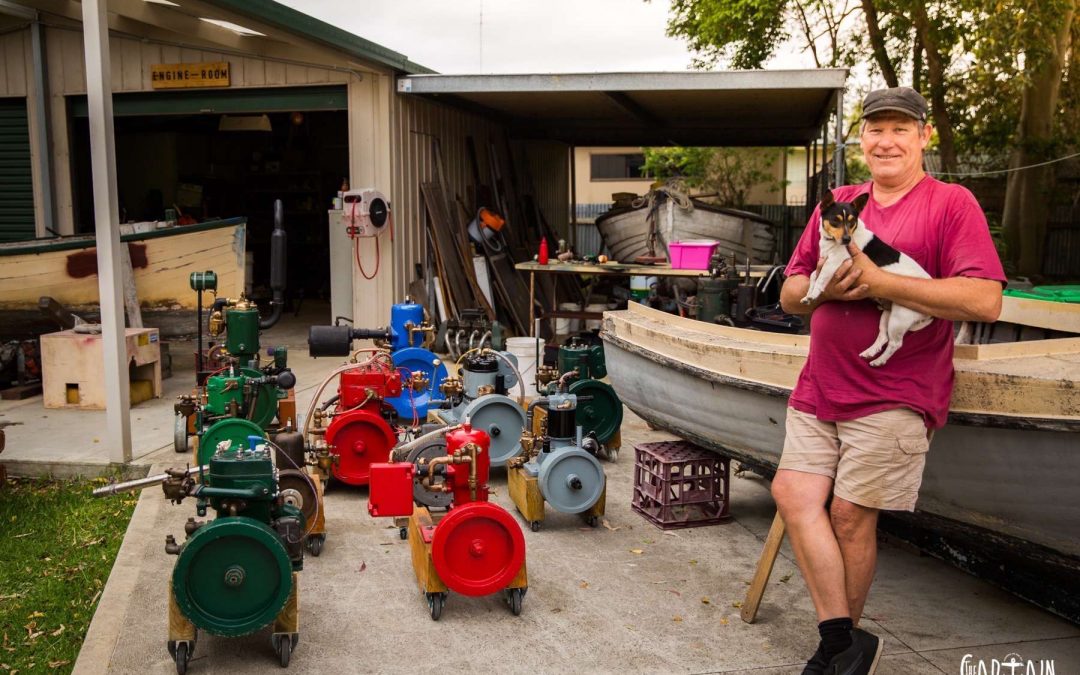


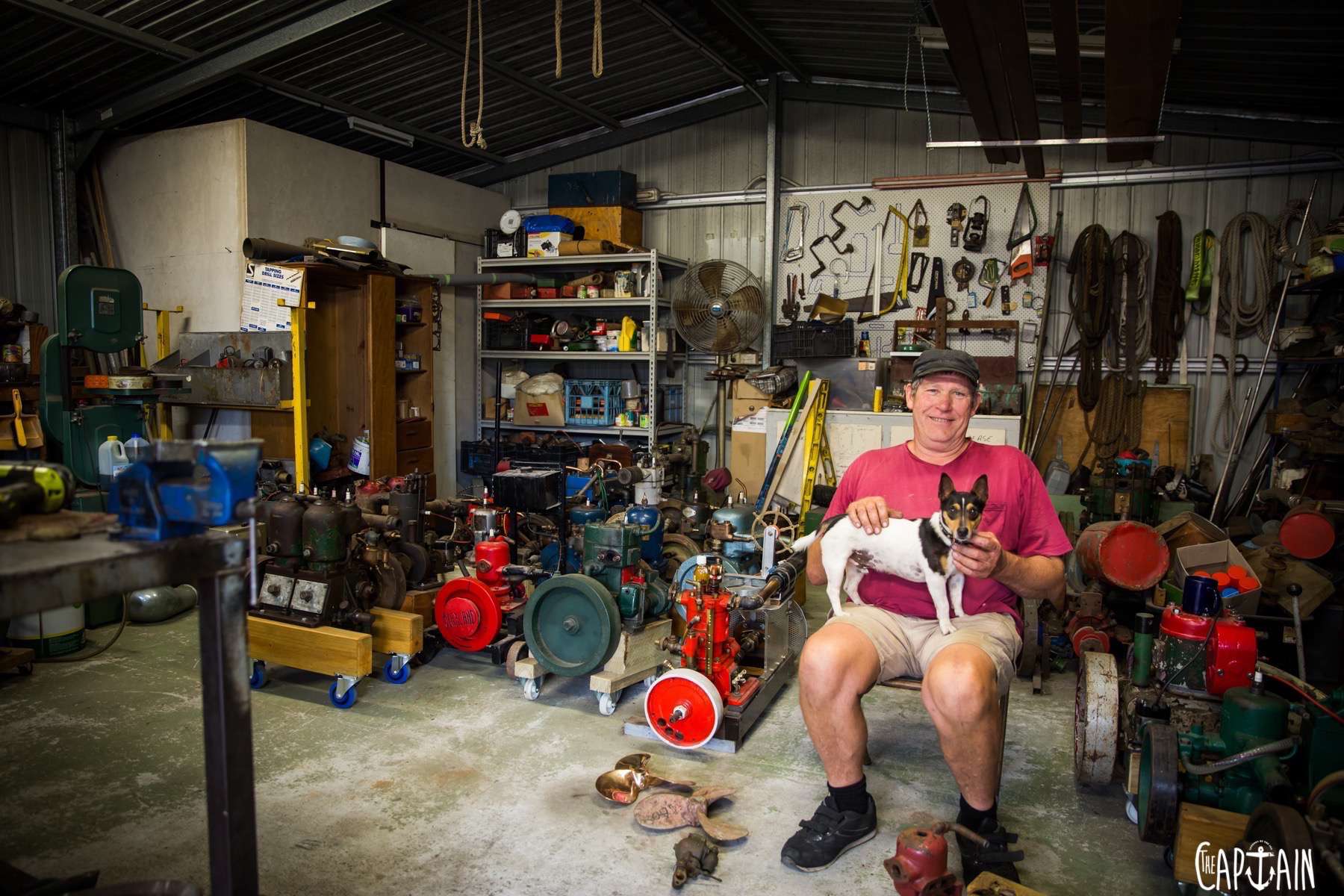
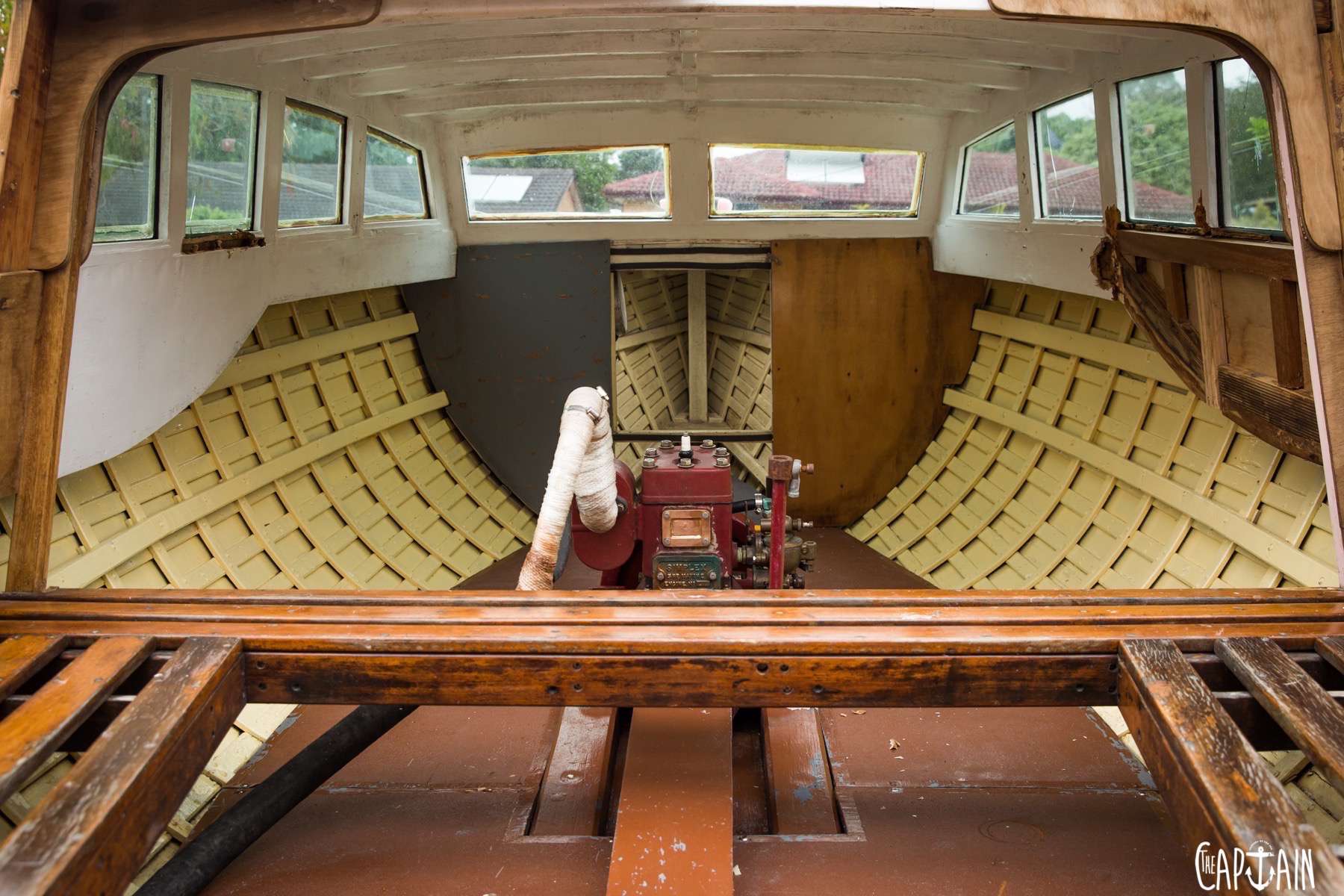


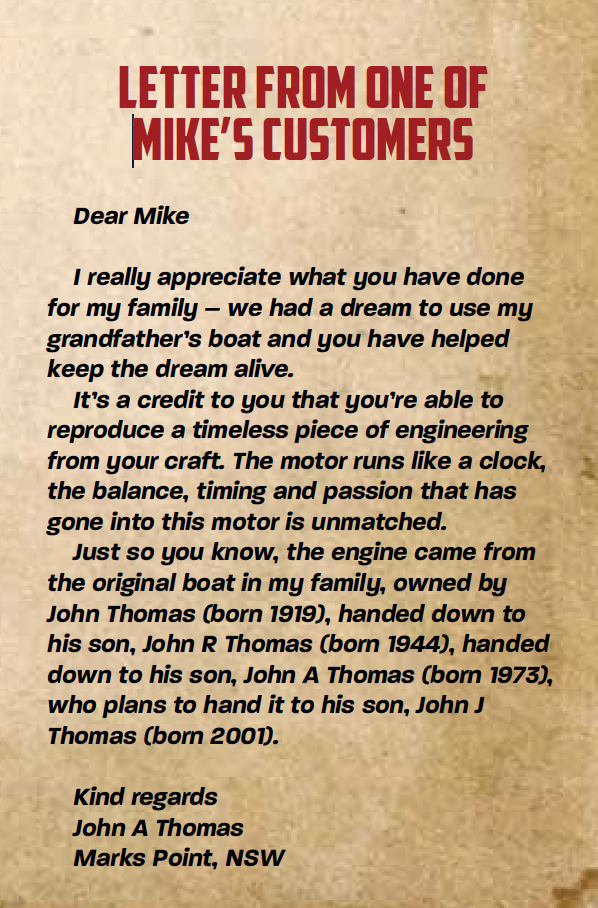
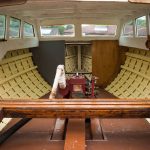

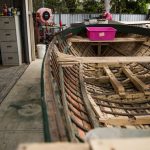
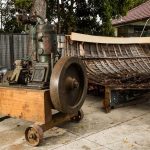
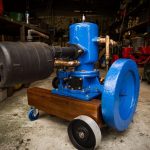
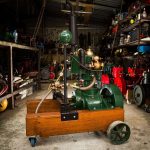
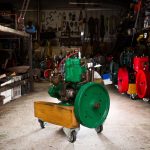
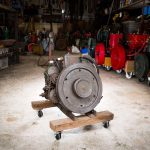
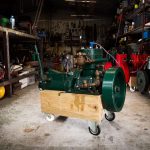
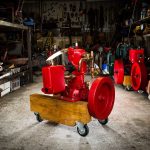


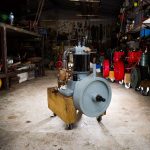

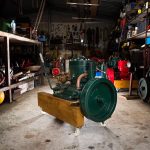
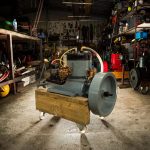
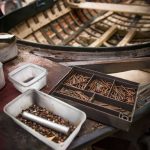

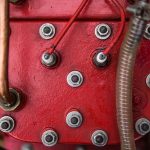
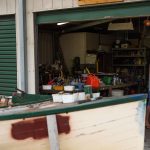
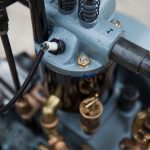
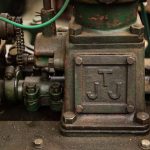
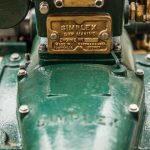
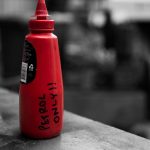
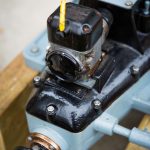
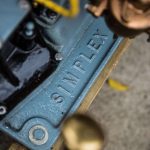
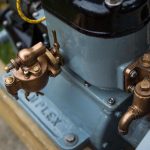
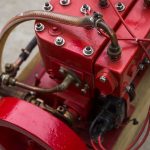


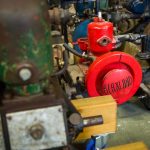
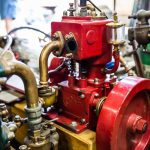
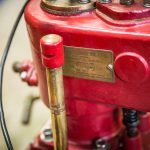
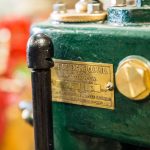
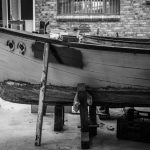
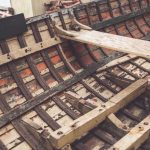
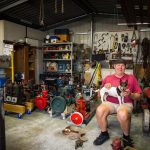
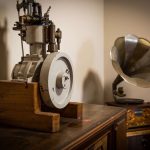
Recent Comments